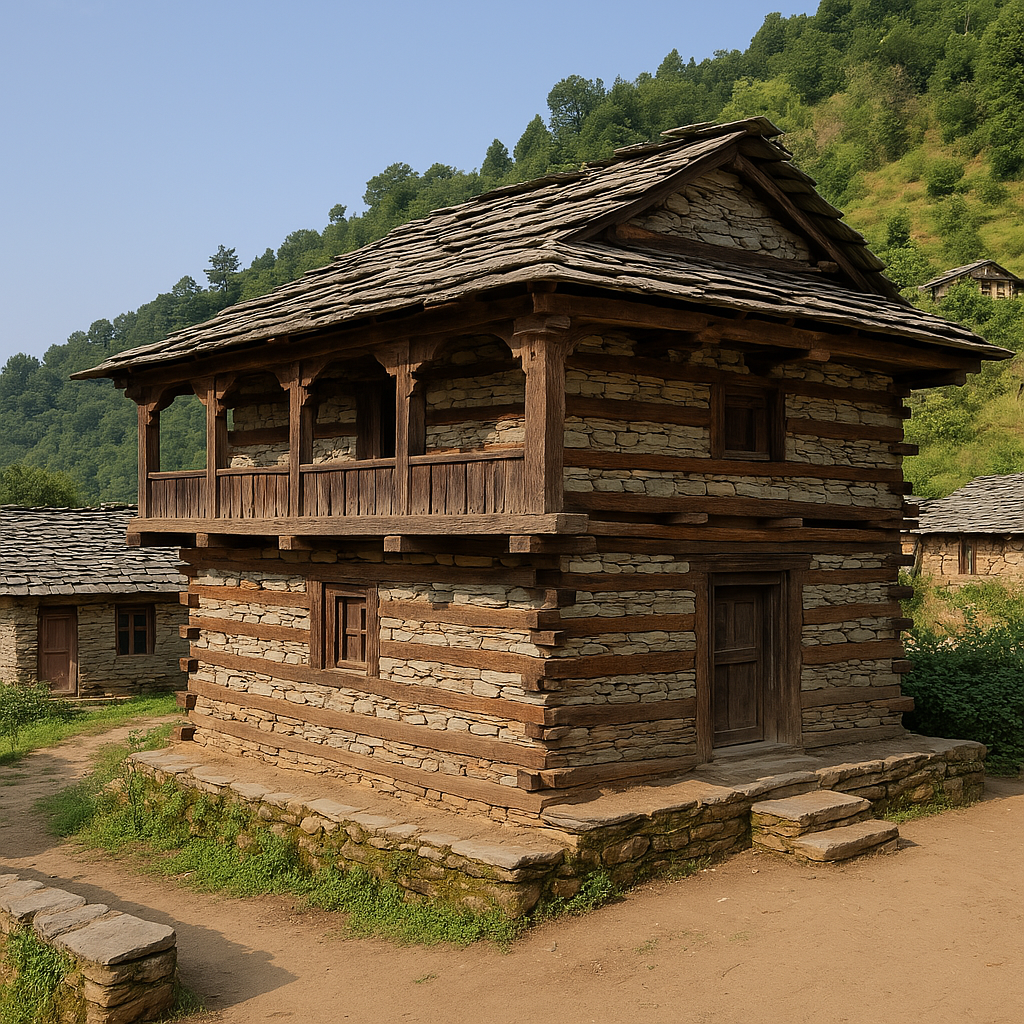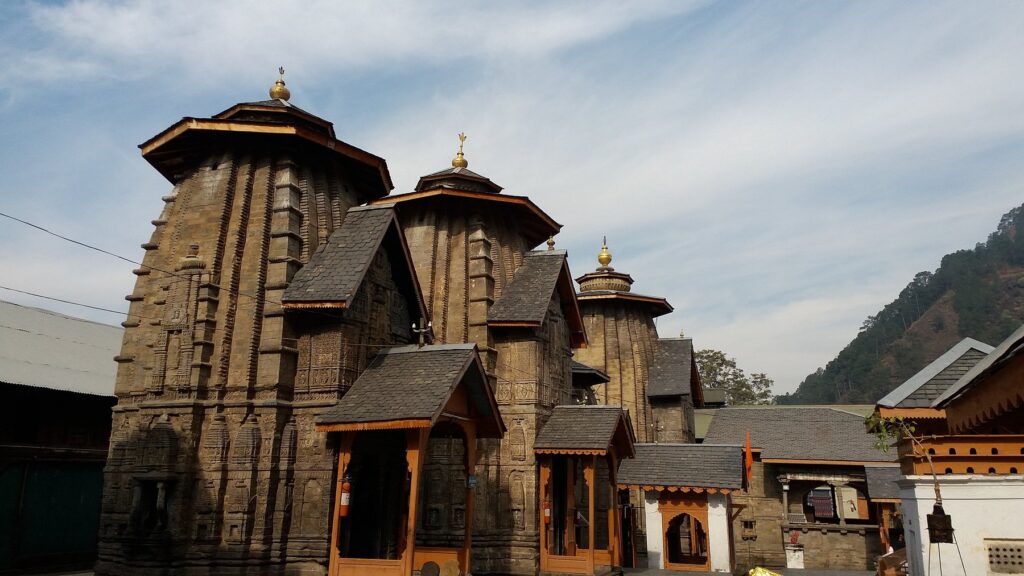After Himachal Pradesh was established on 15th April 1948, the state’s political landscape began to take shape with the emergence of several parties reflecting diverse ideologies and regional aspirations. These parties played significant roles in shaping the political discourse of the newly formed state.
1. Praja Mandal (Later Congress Committee)
- The Praja Mandal, an early organization with roots in the freedom struggle, transitioned into the Congress Committee.
- In the first Legislative Assembly elections (36 seats), the Indian National Congress emerged dominant, winning 24 seats.
- Yashwant Singh Parmar, a prominent Congress leader and key architect of Himachal’s integration, became the first Chief Minister of the state.
2. Kisan Mazdoor Praja Party (KMPP)
- A political outfit that represented farmers and laborers.
- In the 1952 Assembly Elections, the party contested 22 constituencies and succeeded in winning 3 seats.
- Though it remained a minor force, it contributed to the discourse on agrarian issues and workers’ rights.
3. Swatantra Party
- Initially resisted the merger of Bilaspur with Himachal Pradesh, fearing centralisation and loss of princely autonomy.
- However, under the leadership of Raja Anand Chand, the party eventually supported the merger in 1954, recognizing its administrative necessity and long-term significance.
4. Communist Party of India (CPI)
- The Communist Party’s Himachal unit was established in January 1953 and was granted state-level party status by 1961.
- It gained considerable traction among poor peasants, laborers, and marginalised groups.
- The party’s focus on class-based struggle, land rights, and workers’ issues resonated in several hill areas, though it did not dominate electorally.
5. Bharatiya Jan Sangh
- Formed in October 1951, this party had a slow start in Himachal and failed to make an impact in the early elections.
- Over time, it evolved and gained strength, later transforming into the Bharatiya Janata Party (BJP), which would become a key player in the state’s politics.
6. Lok Raj Party
- Founded in the early 1970s by Thakur Sen Negi and J.B.L. Khachi.
- Known as the People’s Rule Party of Himachal Pradesh, it aimed to give voice to regional demands and hill-centric issues.
- In the 1972 elections, it contested 16 out of 68 seats and succeeded in winning 2.
7. Himachal Vikas Congress (HVC)
- Established by Pt. Sukh Ram, following his split from the Indian National Congress.
- The party held sway in Mandi district and some central hill regions.
- Eventually, HVC merged with the Congress in 2004, signaling the reunification of its political legacy with the parent party.
8. Loktantra Morcha
- Formed in 2003, it was led by Mohinder Singh Chaudhary, a dissident from the Himachal Vikas Congress.
- The party had limited electoral influence but contributed to the regional political dialogue.
9. Himachal Swabhiman Party
- Founded on 10 August 2011 by Govindacharya, a former BJP ideologue.
- Though it contested elections, the party failed to secure any seats and received only 6,571 votes, indicating its weak grassroots connect.
10. Himachal Lokhit Party (HLP)
- A breakaway faction formed by BJP dissidents before the 2012 Assembly elections.
- Key leaders included Maheshwari Singh (President), Mahender Nath Sofat, and Shyama Sharma.
- The party split in 2016, with half its members rejoining the BJP, while the rest merged into the Aam Aadmi Party (AAP).
Conclusion
Himachal Pradesh’s political journey has been shaped by a mix of national parties and regional outfits. While the Congress and later the BJP became dominant, smaller parties played important roles in voicing local concerns and influencing state policies. This pluralistic evolution reflects the democratic vibrancy and regional dynamics of Himachal Pradesh.


